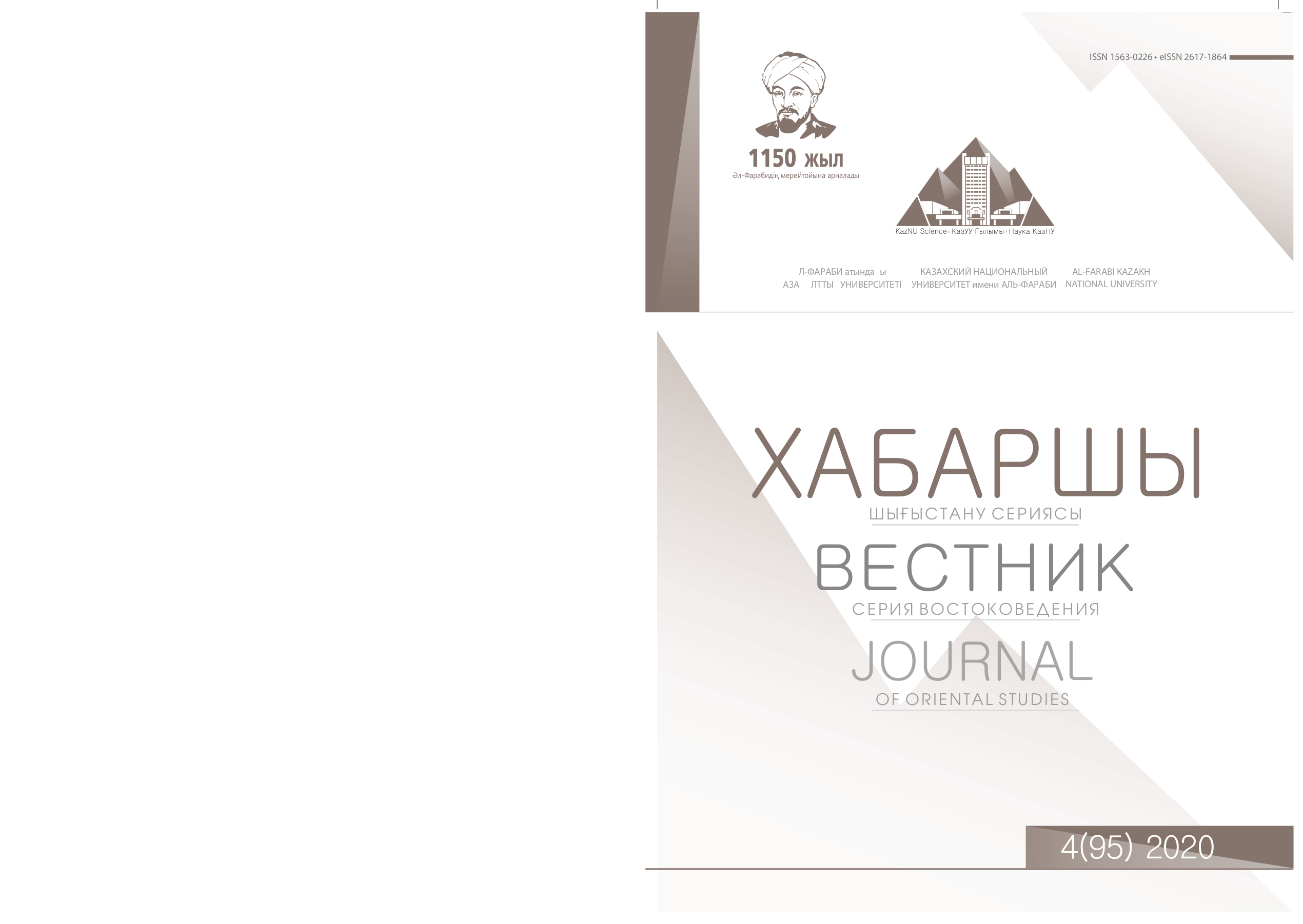Turkmen phraseological units expressing human character traits and their equivalents in Persian language
DOI:
https://doi.org/10.26577/JOS.2020.v95.i4.06Abstract
Phraseologisms of any language are the focus of the culture of the people, the concentration of wisdom and experience, expressed in a colorful, artistic language. They retain their expressiveness and relevance for many years, sometimes for centuries. They can connect the languages of different nations with each other, showing sometimes-surprising similarities both in form and in content. The need for scientists to study equivalent phraseological units in parallel in different languages is due to the fact that phraseological units often cause difficulties in translation. The purpose of this article is to demonstrate specific examples of the phenomenon of cultural contacts between the Turkmen and Persian peoples in the course of their historical development. The author seeks to prove that the vocabulary of these two contacting peoples has been significantly enriched through oral and written borrowings as a result of natural expansion and activation of relationships. Using the method of comparative linguistic and semantic analysis, it is proved that in the Turkmen and Persian languages the degree of interlingual phraseological equivalence is quite high. In this case, phraseological elements can create complete and incomplete equivalence. The author explains the reason for the similarity of phraseological units by extralinguistic factors, and above all by centuries-old political, economic and cultural ties between peoples. Key words: phraseological unit, language, contact, Turkmen language, Persian.




